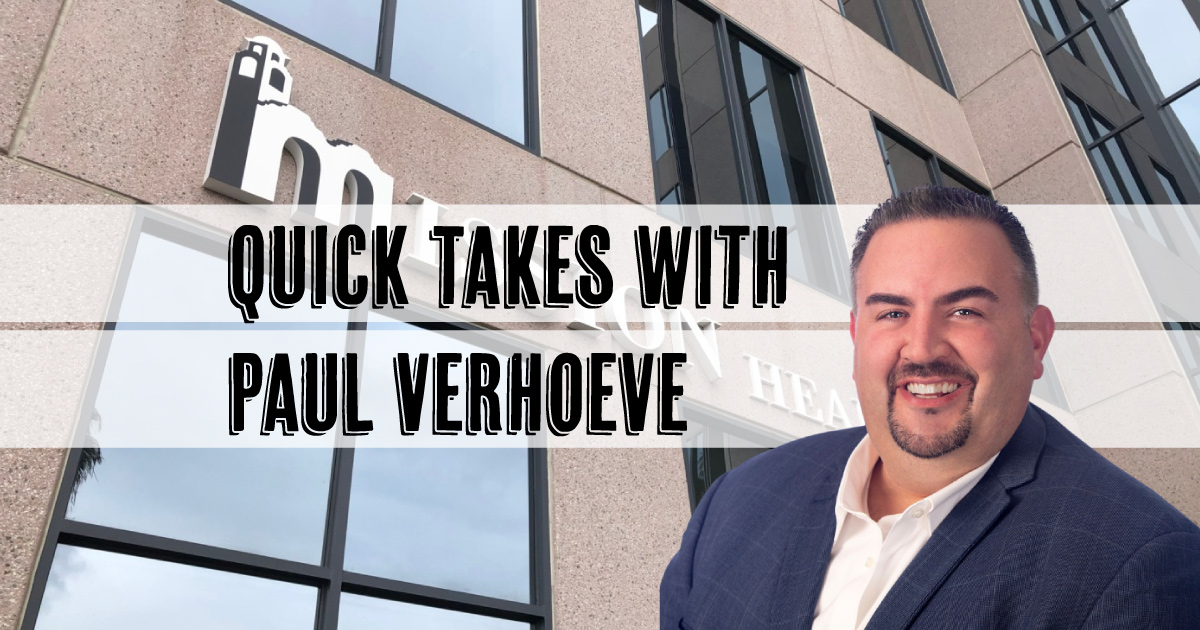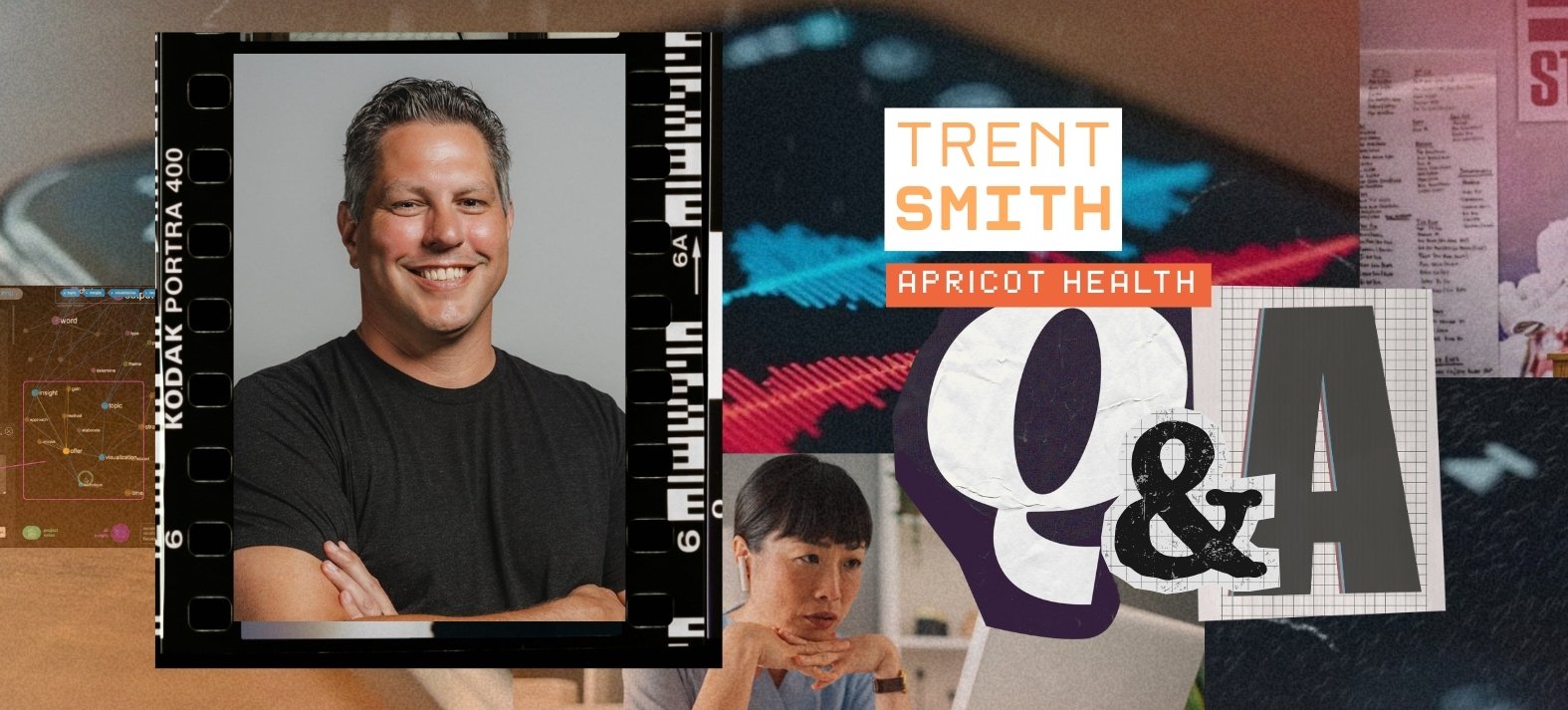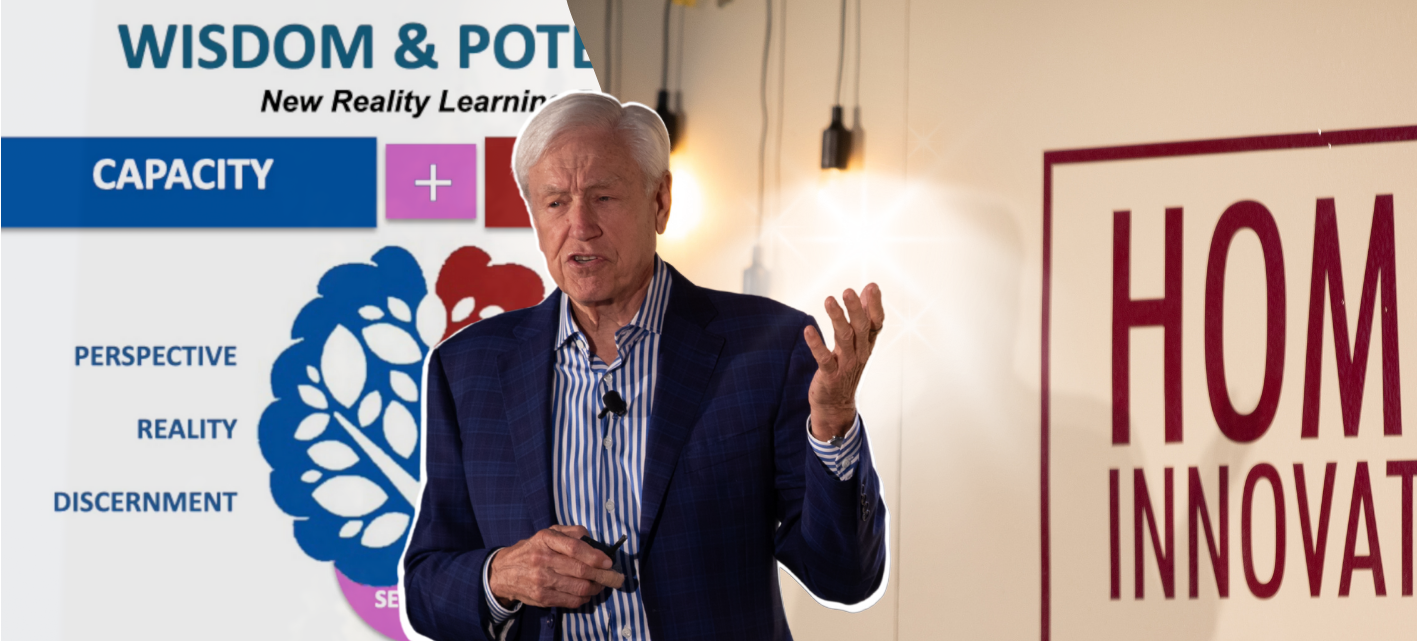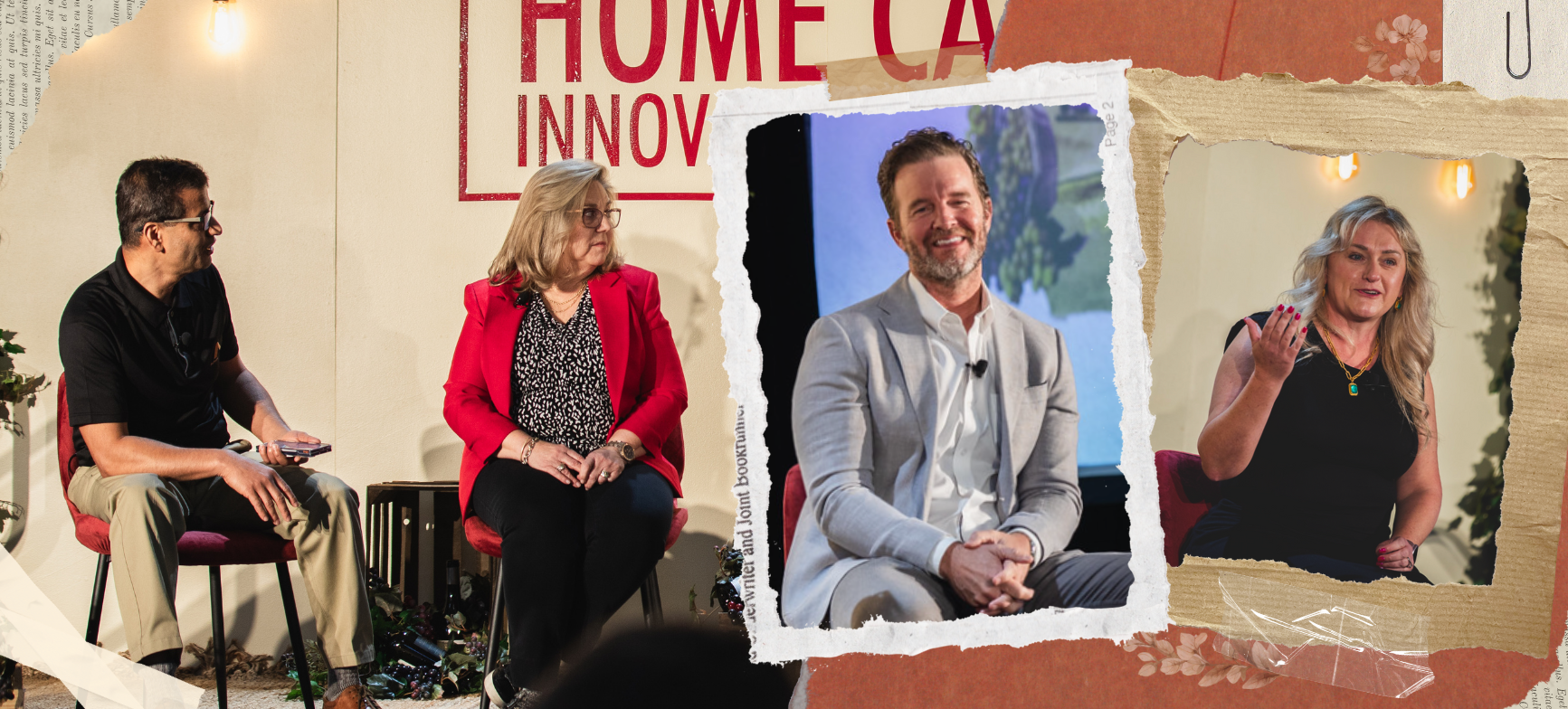With more than 20 years of healthcare leadership experience under his belt, Paul VerHoeve has witnessed a lot. But not everything.
The Mission HealthCare CEO says he’s never seen the level of labor shortage currently plaguing providers, an issue he says requires leaving old ways of hiring behind to embrace new recruitment paradigms.
“We have seen a significant shift in the age of new employees entering into home health and hospice,” he says, adding providers must take “a different approach” if they want to hire and retain the talent needed to keep up with exploding demand.
A featured speaker at the upcoming Home Care Innovation Forum, we asked him where he sees the industry heading, along with what emerging technology is on his radar, why the industry has been so slow to adopt new tech,and if labor challenges are the new norm.
This transcript has been edited for length and clarity.
Looking into your crystal ball, how will tech be utilized differently in say the next five years?
VerHoeve: I believe tech adoption in the home health and hospice industry is well underway and evolving. One of the technologies that has a significant upside is predictive analytics. This is something that could have a dramatic impact on patient care and outcomes.
At Mission, we have invested in Medalogix, which integrates into our EMR and provides information about patient trajectories that we wouldn’t have had 5 years ago. I also think we will see more evolution around automation and robotics in back-office functions. We are starting to see this with intake functions, coding, authorization, and billing.
We are also seeing an increase in remote patient monitoring being used with high-risk patients. I believe as this technology evolves and becomes more integrated with EMRs and care delivery it could have a significant impact on managing risk.
There are several challenges to RPM to think about. Cost is at the top of the list, the second is ensuring the right response/care delivery systems are in place to address immediate needs, and the third is adoption by the patient population.
Staffing shortages are a front-and-center issue for most providers. Are labor shortages the new norm?
VerHoeve: It's a good question. I have not seen this kind of labor shortage in 20 years. So is this the new norm? I don't know. The pandemic obviously had a massive impact on staffing. What we saw was a handful of things:
The pandemic had a significant impact on the workforce, particularly those who were at retirement age or working part-time/spare time. Many individuals who might have loved their work but didn’t have to work were lost during the pandemic. Getting back to pre-pandemic productivity is even more important during staffing shortages and as care moves more and more into the home.
Additionally, nursing and therapy schools struggled during this period, resulting in a dramatic decrease in graduates compared to pre-pandemic levels. It will take some time to catch up, and the supply and demand for healthcare workers will need to level out.
We've invested in a couple of areas. First, we upgraded our traditional recruiting team as many companies did. We also invested in recruitment technology as well as the use of social media platforms. We have seen a significant shift in the age of new employees entering into home health and hospice and as we see the workforce move closer and closer to the millennial workforce there is a different approach to connecting with candidates.
What tech is on your radar that perhaps isn’t as well-known but has the potential to improve outcomes?
VerHoeve: Most of the technology that home health and hospice are using have been instituted in the last few years. It’s new to a lot of companies. One area that will see a dramatic increase is the use of predictive indexing of patients. Insurance companies have been doing this forever, and always had incredible analytics around it.
Now the providers are getting a lot of that same technology in place so that they understand: who the patients are that have the highest risk of readmission to the hospital. Who are the patients who require more care? What are the social determinants of those patients that could negatively impact their experience in the home?
Care plans in the past were built by individual clinicians with minimal history and very little technology guiding what all the risk factors could be. When you think about trying to get consistency around how care is delivered across a large population, technology is critical in the identification of all risk factors. These tools help the clinical teams better plan and prepare for the needs of patients, ultimately improving the quality of care and driving better outcomes.
Why do you think this industry has been so slow to adopt more tech?
VerHoeve: If I'm being brutally honest, when I think back about when I started a little over 20 years ago, home health and hospice was a lot less complex from regulation, patient acuity, and documentation expectations.
The patient acuity isn’t what we see today. You're seeing higher acuity levels across the board as patients move into the home for care they would have previously received in hospitals, nursing homes and rehab facilities. As these changes have happened the need for tech has grown immensely.
For example, in the past, we saw our workforce in the industry as seasoned and not major tech users. Today 50% of our workforce are millennials who don’t know a world without tech. This has also aided in the adoption of technology.
There was a provider who told me once that sometimes we look to tech to solve problems that tech cannot solve. What do you think about that statement?
VerHoeve: I have a different approach on that. Given healthcare’s slow technology adoption, the delta from other industries has been deep and wide and arguably even deeper in post-acute. I think that using technology in your operations needs to be multi-faceted: in the utilization of how you manage your labor force, outcomes, quality, and managing patient risk. But it's also good to remember that tech is a tool and only as good as the people who use it.
At Mission, we are using technology for a number of those things today. We've invested more in technology over the last five years than in any other five-year period in our company. As more and more patients move to the home for care, this has been a significant evolution for the industry and I believe we will see continued adoption of different solutions that assist the clinical teams at the bedside and improve patient outcomes.
Posted by
Join us!
The retreat for home health care and hospice leaders innovators.
May 17-19, 2026 | Palm Springs, CA




-2.png)


-2.png)


Comments